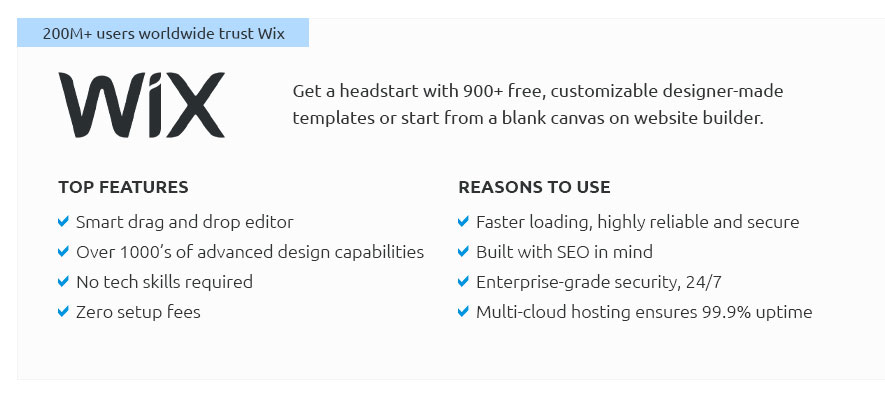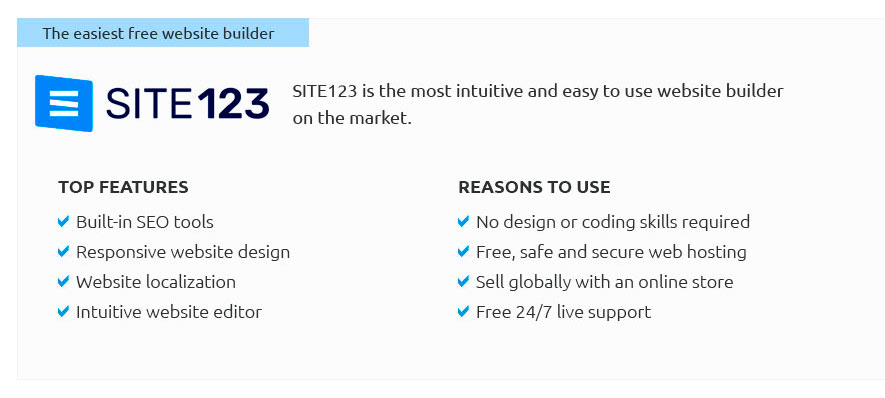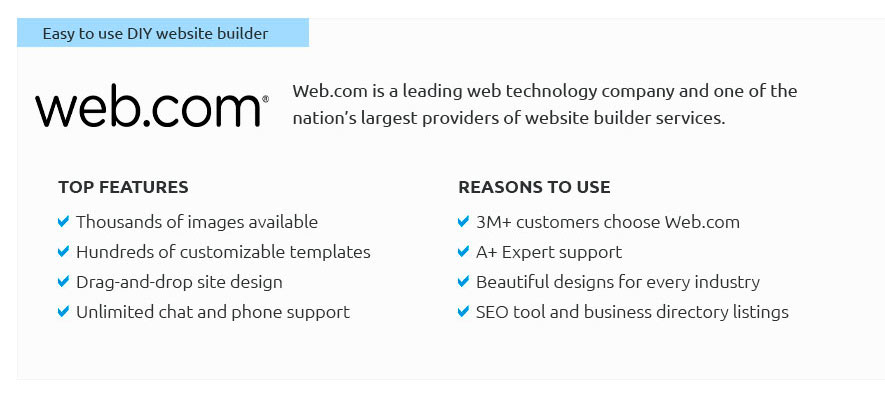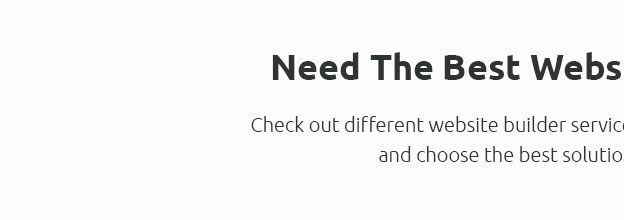 |
 |
 |
 |
|
 |
 |
 |
|
 |
|
 |
 |
|
 |
|
 |
|
 |
 |
Setting Up a Website: A Comprehensive GuideIn today's digital age, establishing an online presence is not just an option but a necessity for businesses, freelancers, and even hobbyists. Setting up a website can seem like a daunting task, but with the right approach and tools, it becomes an exciting journey of creativity and innovation. First and foremost, you need to decide on the purpose of your website. Are you looking to create a personal blog, an online store, or a portfolio to showcase your work? This decision will guide many of the subsequent choices you'll make, from selecting the platform to designing the layout.
The benefits of having a well-crafted website are manifold. It enhances credibility, provides a platform to showcase your expertise, and offers a channel to reach a global audience. Moreover, with the integration of e-commerce features, it can become a significant revenue stream. In conclusion, while setting up a website requires effort and commitment, the rewards it brings in terms of visibility, engagement, and business opportunities are well worth it. https://www.squarespace.com/
Start with a designer website template and customize it to fit your personal style. Browse templates Create an online store website designed to sell anything. https://www.squarespace.com/how-to/build-a-website
A step-by-step guide to creating a website - Choose your website template. Find a design for your blog that reflects your personal style. - Secure a custom domain ... https://www.shopify.com/blog/build-a-website
This post contains all the information you need to make a website for your business with Shopify or another website builder.
|